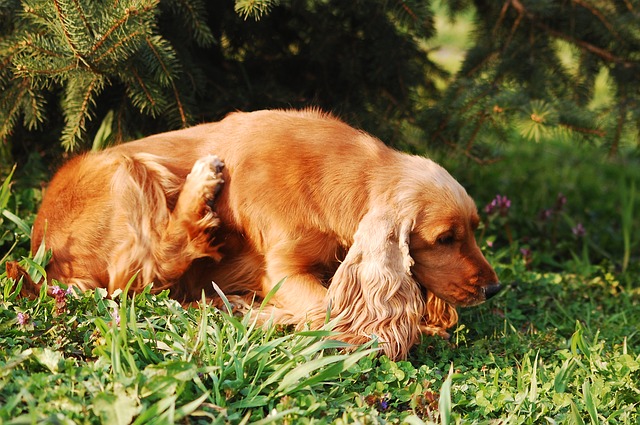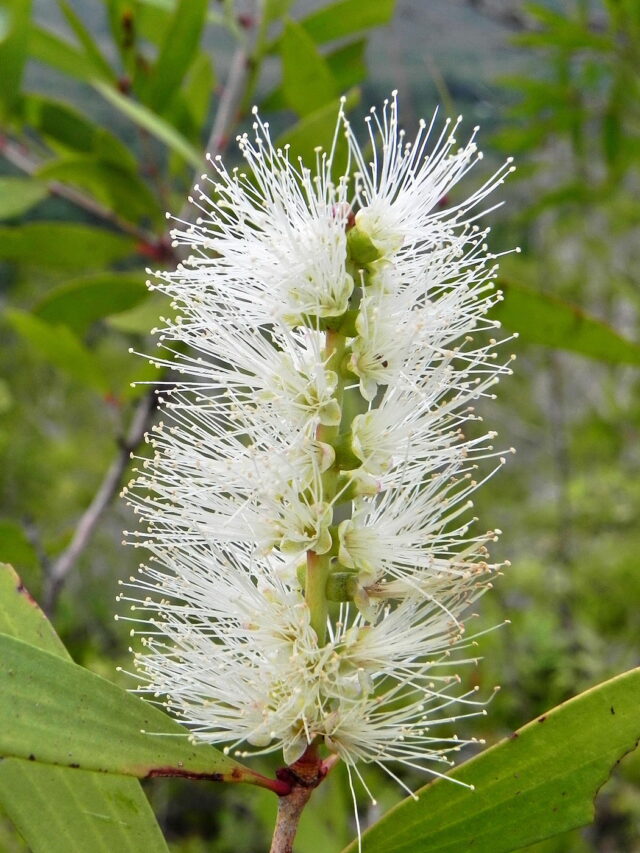In an effort to help your furry best friend live a more natural and healthy life, you may have considered essential oils for your dog. But when it comes to these potent plant oils, with so many out there, choosing safe essential oils for dogs can get a bit tricky.
There’s a lot of information out there about the risks and benefits of using essential oils with pets, and everything revolves around one very important concept. It’s the understanding that while there are thousands of different essential oils out there, not every oil that benefits humans will benefit dogs. Some of them pose significant health risks, and before you introduce your dog to this holistic approach to aromatherapy, you need to know which essential oils are safe for use on dogs.
There are certain oils that dogs should never be exposed to. Cinnamon, pennyroyal, peppermint, pine, tea tree, wintergreen, and ylang ylang are all examples of essential oils that are toxic to dogs. For more information on essential oil toxicity in dogs, check out the Pet Poison Helpline. If your dog ingests toxic oils or other poisons, call the Helpline at (855) 764-7661 for 24/7 assistance. Contact your vet immediately as well.
While some oils aren’t good for dogs, there’s also a long list of oils that are extremely beneficial to canine health. They ease anxiety, relieve allergies, soothe joint pain, and do much more. So, which essential oils are safe for dogs? We’ve got a list of 10 that will help your dog live a more natural and healthy life!

10 Best Essential Oils for Dogs
1. Lavender (Lavandula angustifolia)
If you only have one essential oil in your house, it should be lavender. This universal essential oil is safe for both people and their pets. It boasts a long list of health benefits, and it’s most valued for its calming effects. When diffused in the air, it serves as a natural stress reliever that can ease anxiety, improve mood, and encourage restful sleep.
Pet owners with anxious dogs use lavender when they know their dogs are about to experience something that will put their nerves on edge. Going to the vet, going on car rides, being left home alone, and having guests in the house are all potentially stressful scenarios, and lavender diffused in their breathing space can help them feel more relaxed without the risks and side effects of prescribed anxiety medication. The benefits don’t stop there; lavender is also antibacterial and anti-itch.

2. Marjoram (Origanum majorana)
With a warm, woody aroma, marjoram is another essential oil that can affect the mood. It creates a calm atmosphere to help dogs that are nervous and afraid. It may also help dogs cope with depression after traumatic incidents like losing a loved one or going through a particularly difficult transition.
Additionally, it comes in handy for dogs on crate rest while recovering from an injury. Active dogs get anxious when they’re not allowed to move around like normal, and marjoram can help. Antibacterial properties help the body fight off infection, and being a natural antiseptic is an added bonus. To top off the list, it does a decent job at repelling insects.

3. Helichrysum (Helichrysum italicum)
Helichrysum is all about healing. Whether it’s an open cut, stomach ache, or hurt feelings, this essential oil has several health benefits to improve overall well-being. As an antiseptic, it cleans wounds to prevent infections, and it can also heal bruises and help with erasing scars.
It’s also a natural pain killer that relieves all kinds of pain and can be beneficial for dogs suffering from joint issues and other chronic conditions. Dogs that are prone to vomiting benefit from better digestive function, and breathing in helichrysum can help clear mucus from the lungs.

4. Roman Chamomile (Chamaemelum nobile)
There are a few different kinds of chamomile, and the Roman variety is especially valued as an effective pain reliever. It plays a role in alleviating muscle tension and can reduce muscle spasms. Weekend warriors can suffer from weekday muscle soreness after a few days of activity, and Roman chamomile diffused in the air is one of the easiest way to offer relief.
It can also help with stomach cramps while calming the nerves at the same time. Senior dogs with joint stiffness all the way down to puppies with teething pain appreciate a breath of Roman chamomile. Remember, however, essential oils shouldn’t be used on puppies younger than 12 weeks.

5. Cedarwood (Juniperus virginiana)
Chemical-based flea treatments can come with significant side effects, but cedarwood offers pet owners an all-natural way to keep the tiny biting bugs at bay. It’s a natural flea repellent, and in case your pup is already scratching from bites and other types of skin irritants, cedarwood is also anti-itch.
It’s generally good for the skin and can clear up dandruff, relieve itching, and helps heal several kinds of canine dermatitis. When their skin is healthy, you’ll also notice an extra sheen to your dog’s fur.

6. Sweet Orange (Citrus sinensis)
Another flea-repelling essential oil for dogs to keep on hand is sweet orange. Oranges have high quantities of a substance called limonene that acts as a natural pesticide. High-quality sweet orange oil is up 95% limonene. It kills bugs including fleas, ants, and flies on contact, and the scent also keeps pests like mosquitoes and roaches from coming around.
The pleasant smell also acts as a natural deodorizer for stinky dogs, and citrus, in general, creates a calm and relaxed atmosphere.

7. Cardamom (Elettaria cardamomum)
The main health benefits of cardamom oil have to do with the digestive and respiratory systems. It settles the stomachs of dogs that suffer from frequent stomach aches and nausea. Many dog people also use it to help their pet’s indigestion and gas.
When it’s breathed in, cardamom is one of the best pet-safe essential oils for respiratory function. It can improve breathing and help reduce coughing. As an added bonus, it also normalizes appetite. This is especially valuable for dogs going through chemotherapy that may feel too sick to eat but need food to stay strong.

8. Thyme (Thymus vulgaris)
Older dogs that have trouble standing, walking, and climbing stairs best benefit from regular exposure to diffused thyme. This pet-safe essential oil is a natural pain reliever that reduces inflammation in worn-down joints. It can’t cure arthritis, but it can treat the pain to improve movement and give your dog a better quality of life.
Other health benefits include antibacterial and antifungal properties. It’s often used to treat infections and skin irritations.

9. Niaouli (Melaleuca quinquenervia)
Allergies are no match for niaouli essential oil. As a natural antihistamine, it can be used to supplement and even replace allergy medications. Canine allergies usually present themselves as skin issues that can cause constant itching and discomfort.
Niaouli provides relief from these symptoms, and as a secondary benefit, it’s also antibacterial in case your dog’s allergies are related to a skin infection. It’ll tackle both issues, and your dog will be noticeably more comfortable in their own skin. Niaouli is often considered a safe alternative to tea tree oil—a popular essential oil that’s toxic to dogs.

It is always important to consult your veterinarian before using essential oils with your dog. Talk about the specific ways essential oils can benefit your pup’s health, and learn the best methods for applying them. It’s never recommended to use essential oils to prevent problems, but they can be used to address specific health concerns. You’ll also need to spend time looking for a reliable retailer. Your dog deserves the best products that are 100% pure. Unfortunately, not all companies care about the quality of their oils, but this article will help you find the best pet-safe essential oils for your dog.
Not only do some essential oils have health benefits for dogs, but they can aid in everyday cleaning. Check out 12 Ways Essential Oils Can Help Keep Things Clean In A Home With Dogs.
Sources: Natural Dog Health Remedies, Natural Living Ideas. Essential Oil Experts
 Toledo, United States.
Toledo, United States.